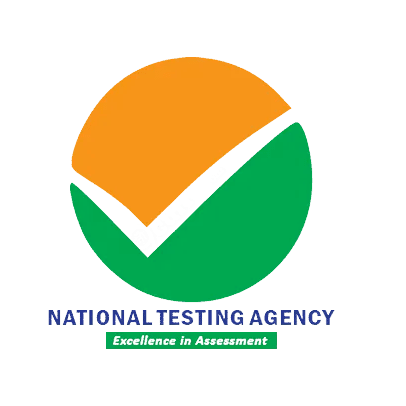NTA EXAM PROCEDURE : The National Testing Agency (NTA) has filed an affidavit in the Supreme Court regarding the controversies related to NEET UG 2024. In this affidavit, NTA has detailed the entire process from preparation to conducting the exam and monitoring it to the court. Let’s find out what NTA has explained in this affidavit…
How is the question bank prepared?
Regarding the preparation of the question bank, NTA told the Supreme Court that many well-known subject experts or paper setters were called to a restricted area in the NTA office. In this restricted area, subject experts created questions in workshop mode. These workshops were conducted on several occasions between August and December 2023 in which a total of 140 subject experts participated.
NTA said that the work done by these experts was also sealed at the end of each day and returned to them the next day so that they could continue their work.
How was the question paper prepared?
The National Examination Agency told the court that after the question bank was created, a committee of 10 subject experts set the questions in the question paper between 16 and 28 February 2024. Subject experts or moderators were seated in a room under CCTV surveillance. At least two question papers are prepared for every exam. There are different subject experts for each subject’s question paper. In this way, two sets of question papers were prepared in NEET UG 2024 as Set QP1 and Set QP2.
How were the question papers checked and issues resolved?
According to NTA, after the question papers were drafted or prepared, those question papers were solved by a team of nine other subject experts who gave their feedback and suggestions. At the end of every day, the experts would seal their work in an envelope and it was returned to them the next morning. This exercise was done between 1 and 7 March 2024. Later the feedback or suggestions were put before the subject experts and moderators, who drafted the question papers and thus changes were made in the set of question papers.
Where and how were the question papers typed?
The question papers were separated from the answer key and sent to the confidential agency/printer for typing. The agency said that a log has also been maintained in a register regarding this.
How were the question papers translated?
After the preparation and typing of the question papers, a team of 101 translators translated the question papers into 12 languages. This process was carried out between March 8 and 31, 2024. The confidential work was done in a sealed envelope at the end of each day. The NTA says that this process is done to ensure that the entire work done by the experts is kept confidential even from NTA officials and staff.
When and how were the question papers printed?
Handwritten copies of two sets of question papers were sent to two different confidential printing presses on March 31, 2024. The exam agency says that every printing press prepares sets of 24 question papers, with varying orders of questions within subjects.
The names of the printing presses are kept confidential and only two officials were involved in the process. Meanwhile, the OMR sheets were printed elsewhere and picked up by Press A and Press B. Every OMR sheet has a unique number with a bar code. Apart from this, there is also a security feature called Unique NOTAR. The respective question paper was printed with the same serial number. According to NTA, this process is done under a stringent security protocol that includes intense checking at the printing press including CCTV surveillance.
The sealed OMR sheet of question papers and the respective question paper (both having the same serial number) were kept together in a polythene cover duly sealed. This seal was such that it was to be opened only by the candidate. A bundle of 24 such test booklets was kept inside the cloth envelope. Three such cloth envelopes totalling 72 booklets were kept inside the cloth envelope with secure sealing.
After tying the cloth envelopes, the material is packed in non-woven fabric bags and sealed. The non-woven fabric bags are then packed in specially designed iron boxes as per the requirement of each examination centre. Each box has an electronic lock equipped with GPS and a keyless mechanical lock as it has to be broken. The iron boxes are sealed with stickers on all joints and wrapped in a secure gum tape.





